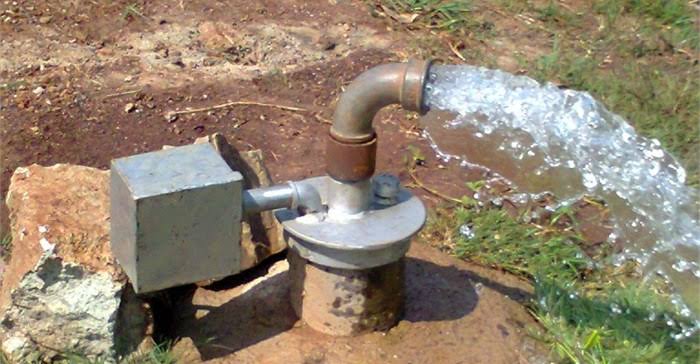
Borehole drilling and services
Having access to a borehole or borehole water is an affordable option and is arguably the cheapest way to deliver water to homes and for crops.

Your dog will thank you.
Borehole drilling process
Step 1
Siting the borehole location:
The very first thing that needs to be determined is where the water is, and how to access it. That’s why you need hydro-geologists who make use of a variety of borehole drilling methods to assess the geophysical properties of the underlying area. They help ensure you’re not drilling into natural hazards or man-made infrastructure
STEP 2
Drilling and Construction:
Once the hydro-geologists have helped in preparing a path for borehole drilling, we follow through and construct the borehole. It’s not easy, there are still steps to follow and processes to be completed.
Once the borehole has been drilled the necessary unstable lengths of the borehole are steel cased in an effort to reinforce the ‘tube’.
step 3
Determining the yield of the borehole:
This involves installing a test pump and pumping borehole water for a fixed set of variables; a given time at a given rate, and then assessing the test’s impact on the water level in the borehole.
Maximum yield is achieved by increasing the abstraction rate, ensuring optimum drawdown of water in the borehole.
Step 4
Pumping and piping the borehole
The kind of pumping system and piping installed in your new domestic water borehole will largely depend on the intended use of the borehole water.

Benefits of having a borehole
- It’s A Long-term Investment
- Helps in maintaining your garden
- You Will Save Money In The Long Run
- Easy To Maintain
- Borehole water has some health benefits
- Enjoy An Uninterrupted Supply